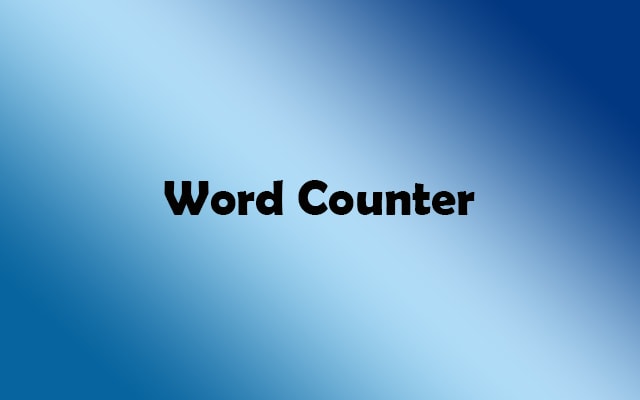Reflective Presentations: Academic Support
In the process of preparing a presentation that involves reflection, it is essential to delve into personal experiences and thoughts through the medium of journal entries. This article aims to guide you through the steps of crafting a compelling presentation by providing insights into the creation of a minimum of four journal entries.
Further, prepare a presentation in which you reflect on your volunteering experience you can read it below.
What is the Purpose of the Presentation?
Before delving into the reflective journey, it is crucial to define the purpose of your presentation. Ask yourself: What message do I want to convey? What insights do I want my audience to gain? This clarity will serve as the foundation for your reflective exploration.
Setting the Stage
Begin your reflective journey by documenting the context and background of your experiences. Answer questions such as: What was the initial situation? What were your expectations? This entry serves as the introductory chapter, setting the stage for the audience to understand the circumstances surrounding your reflections.
The Unfolding Narrative
Move on to capturing the evolving narrative of your experiences. Address questions like: How did the situation progress? What were the key turning points? Detail the emotions, challenges, and realizations that shaped your journey. This entry transforms your reflective presentation into a dynamic narrative, engaging your audience with the unfolding story.
Personal Growth and Insights
Reflect on your personal growth and insights gained throughout the journey. What have you learned about yourself? How have these experiences contributed to your development? This entry serves as the pivotal point where you share the transformative aspects of your reflections, providing depth and substance to your presentation.
Lessons Learned and Future Implications
Conclude your reflective presentation with a thoughtful exploration of the lessons learned and the potential future implications. Consider questions such as: What can others learn from your experiences? How do these reflections influence your future actions and decisions? This entry encapsulates the key takeaways, leaving a lasting impact on your audience.
Crafting a Compelling Presentation
With your journal entries as a guide, it’s time to craft a compelling presentation. Organize your thoughts coherently, emphasizing the narrative arc and ensuring a seamless flow between entries. Utilize visuals, anecdotes, and supporting evidence to enhance the audience’s understanding and engagement.
Visual Elements
Incorporate visuals that complement your reflective narrative. Use images, charts, or graphs to convey emotions, growth, and key insights visually. This not only adds aesthetic appeal but also reinforces your verbal narrative, making your presentation more memorable.
Engaging Narration
Deliver your presentation with an engaging and authentic narration. Allow your personality and emotions to shine through, creating a connection with your audience. Be mindful of pacing, tone, and body language to enhance the overall impact of your reflective journey.
Q&A Session
Prepare for a Q&A session to encourage interaction and further exploration of your reflective experiences. Anticipate potential questions based on your journal entries, providing thoughtful and insightful responses that deepen the audience’s understanding.
Academic Resources for Excellence
Academic institutions play a pivotal role in nurturing the intellectual growth and skill development of students. As part of this commitment, many educational establishments offer valuable support to students undertaking assignments, projects, and presentations. When it comes to preparing reflective presentations, academia support provides a wealth of resources, including sample assignments that serve as exemplars for students seeking guidance.
Sample Assignments as Learning Tools
- Clarifying Expectations: Academic support services often provide sample assignments to help students understand the expectations and requirements of a reflective presentation. These samples serve as benchmarks, offering insights into the structure, content, and depth expected by instructors.
- Structural Guidance: Crafting a reflective presentation requires a well-organized structure. Academic support materials include samples that showcase effective structuring, including how to introduce the topic, build a narrative, and conclude with impact. These examples serve as templates, aiding students in organizing their thoughts coherently.
- Language and Style: Effective communication is crucial in any presentation. Sample assignments not only illustrate proper language use but also demonstrate different styles of presentation. This helps students refine their writing and speaking styles, ensuring clarity and engagement.
- Reflective Writing Techniques: Reflective writing is a skill that can be honed through practice and observation. Academic support materials offer samples that showcase diverse reflective writing techniques. By studying these examples, students gain a better understanding of how to express their thoughts, emotions, and insights reflectively.
Also can read and Write and upload a minimum of four journal entries which discuss different aspects of the volunteering experience you are undertaking during this module.
Accessing Academic Support Resources
Online Platforms:
Many academic institutions provide online platforms or portals where students can access a variety of support resources, including sample assignments. These platforms are easily accessible and allow students to download or view samples related to their specific assignment requirements.
Writing Centers:
On-campus writing centers are valuable hubs for academic support. Students can visit these centers to seek guidance on their assignments, and often, these centers maintain a repository of sample assignments for various types of projects, including reflective presentations.
Faculty Guidance:
Professors and instructors are excellent sources of support. They may share sample assignments in class or during office hours, providing additional context and insights. Seeking feedback on your work from faculty ensures personalized guidance tailored to the course requirements.
Maximizing the Benefits
Students can maximize the benefits of academic support by actively engaging with the provided resources. This involves not only reviewing sample assignments but also seeking clarification from instructors or support staff if needed. By utilizing these resources, students can enhance their understanding of the reflective presentation process, improve their skills, and ultimately excel in their academic endeavors. Academic support serves as a guiding light, empowering students to navigate the intricacies of assignments with confidence and competence.
Conclusion
A reflective presentation enriched with journal entries offers a unique opportunity to share personal experiences, growth, and insights. By following the outlined format and incorporating engaging elements, you can create a presentation that not only informs but also resonates with your audience, leaving a lasting impression.









